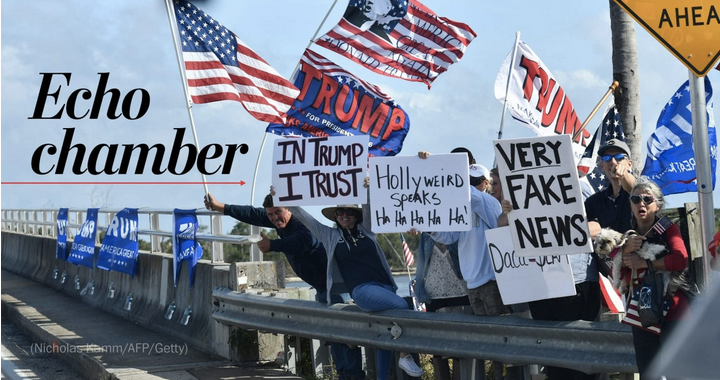When President Trump addressed the World Economic Forum in Davos last month, his jabs at the “nasty,” “vicious,” “fake” media earned him audible groans and hisses — even from some non-American reporters in the room. It may have been a new experience for them, but journalists in the United States have become rather depressingly inured to Trump’s diatribes.
That wasn’t always the case.
“At the end of 2016, ‘fake news’ had a clear meaning. It referred to stories that were fabrications — the Clinton Foundation paying for Chelsea Clinton’s wedding or a child sex ring run out of a D.C. pizza shop,” noted The Washington Post’s Fact Checker. “The phrase was popularized after Google, Facebook and Twitter vowed to eliminate the phony content that some have speculated helped tilt the 2016 election in Donald Trump’s favor.”
. . .
A new study, though, restores a bit of clarity to what “fake news” actually represents. Researchers at Oxford University’s Internet Institute spent 18 months identifying 91 sources of propaganda from across the political spectrum on social media, which spread what they deemed “junk news” that was deliberately misleading or masquerading as authentic reporting. They then did a deep analysis of three months of social media activity in the United States, studying 13,477 Twitter users and 47,719 public Facebook pages that consumed or shared this fake news between November 2017 and January 2018.
What they found was a profound imbalance.




